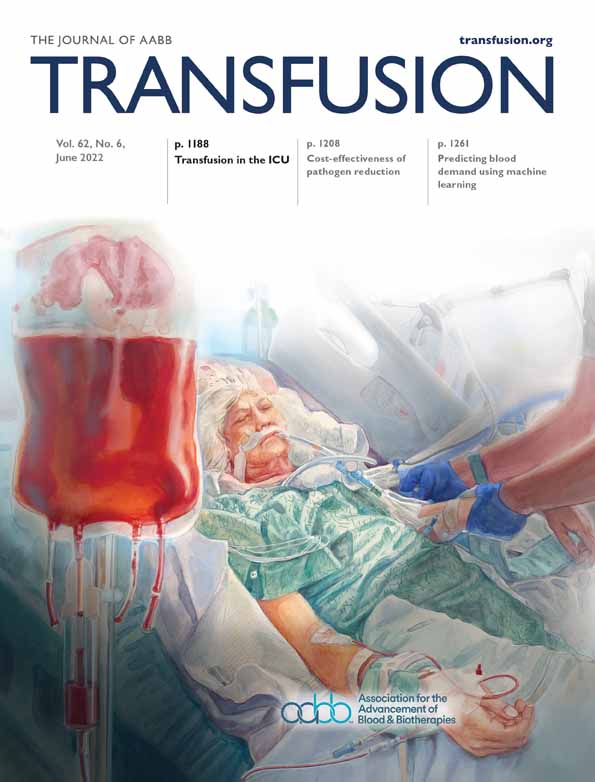Cost-effectiveness of pathogen reduction technology for plasma and platelets in Québec: A focus on potential emerging pathogens
Abstract
Background
The last economic evaluation of pathogen reduction technology (PRT) in Canada was conducted in 2007. We reassessed the cost-effectiveness of PRT in the province of Québec (which has its own blood supplier) and included an evaluation of the potential impact of emerging pathogens on cost-effectiveness.
Study Design and Methods
Decision analytic Markov models were developed to simulate the costs and quality-adjusted life-years (QALY) associated with PRT as an addition to existing safety measures for plasma and platelet products (except for bacterial culture). Models accounted for several infectious and noninfectious transfusion reactions, recipients' productivity losses ensuing from these reactions, and the impact of PRT on platelet function. Scenario analyses were conducted to evaluate the impact of a new highly contagious human immunodeficiency virus (HIV)-like or West Nile virus (WNV)-like pathogen, assuming various epidemiological scenarios.
Results
In the base case, the incremental cost-effectiveness ratio (ICER) of PRT was estimated at $8,088,974/QALY gained. Assuming the presence of an HIV-like pathogen, the ICER was $265,209/QALY gained in the “average transmission” scenario, $1,274,445/QALY gained in the “rapid testing scenario,” and $123,063/QALY gained in the “highly contagious” scenario. Assuming the presence of a WNV-like pathogen, the ICER was $7,469,167/QALY gained in the “average transmission” scenario and $6,652,769/QALY gained in the “highly contagious” scenario.
Conclusion
The cost-effectiveness of PRT may substantially improve in the event of a new, blood-borne pathogen. Given their significant impact on cost-effectiveness, the emergence of new pathogens should be considered when deciding whether to adopt PRT.
CONFLICT OF INTEREST
The authors have disclosed no conflicts of interest.




